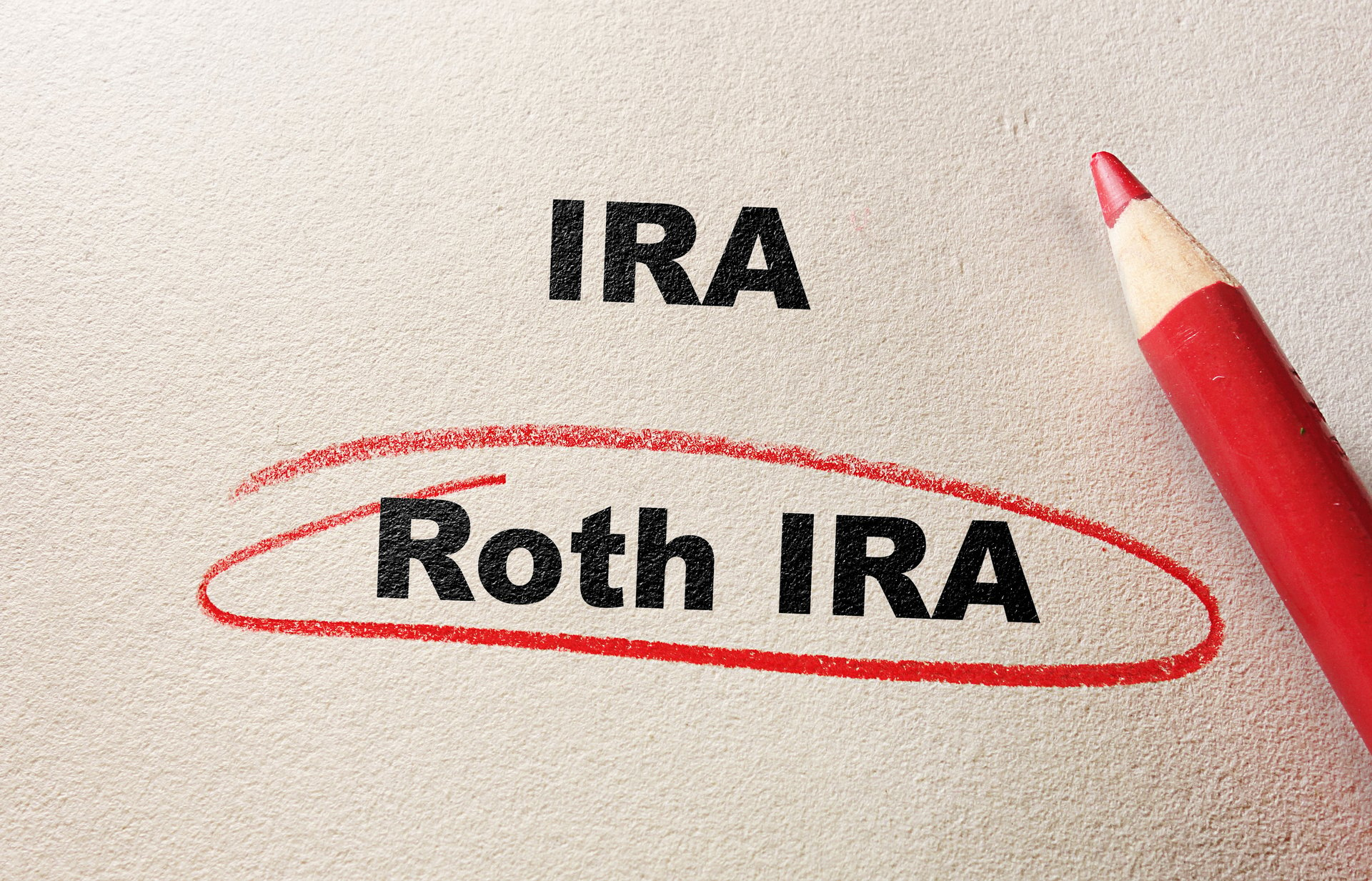
If you’ve been considering a Roth IRA as part of your retirement investment portfolio, now’s the time to start one.
With tax-free growth and tax-free withdrawal opportunities, Roth IRAs provide investment flexibility to help you achieve both retirement goals and other financial goals.
Here’s more on why a Roth individual retirement account (IRA) should be part of your retirement investment mix:
1. You get tax-free growth and withdrawal
Unlike a traditional IRA, contributions to a Roth are made using money that’s already been taxed. So, while there’s no tax benefit up front — meaning you can’t get a tax deduction for Roth IRA contributions — you can withdraw money from the account tax-free.
There are some rules you must follow to ensure that all the money you withdraw comes out tax-free, or as what the IRS calls “qualified distributions.”
For starters, you generally must be at least age 59½ when you make your withdrawal. Also, the first withdrawal cannot occur until five years after the beginning of the year during which you made your initial Roth IRA contribution.
2. You can withdraw contributions at any time
The five-year waiting period we describe in point No. 1 applies to Roth IRA earnings — that is, the investment gains on the money you contributed to the account. However, contributions to a Roth IRA — which is money on which you already paid taxes — can be removed at any time for any reason without penalty.
Although it’s not a great long-term investment strategy, some investors use a Roth IRA as an emergency savings fund. As long as their contributions are invested in a money market or cash-equivalent account, the funds are accessible to them.
But again, the earnings generated within a Roth are another story. They may be subject to taxes and a 10 percent penalty if you don’t follow the IRS’ rules for qualified distributions.
3. You can contribute regardless of age
You can keep adding money to your Roth IRA well into retirement, no matter your age. By contrast, with a traditional IRA, contributions must stop the year in which the earner reaches age 70½.
4. You can avoid required minimum distributions
Roth IRAs aren’t subject to required minimum distributions, or RMDs, during the account owner’s lifetime. That can be a big relief for people who don’t need additional income immediately upon retiring, and for people who would rather bequeath a Roth IRA to loved ones.
RMDs are a minimum amount of money that the IRS requires you to withdraw from non-Roth IRAs each year once you reach a certain age — currently, 70½. The exact amount of an RMD is determined by an IRS formula. The federal agency offers worksheets to help you calculate RMDs.
Who qualifies for a Roth IRA?
It’s important to note that not everyone qualifies to invest in a Roth IRA. Unlike with traditional IRA contributions, the IRS limits Roth IRA contributions based on tax-filing status and income.
For example, for tax year 2017, a married couple filing jointly cannot contribute any money to a Roth IRA if their taxable income is $196,000 or more. If their income is from $186,000 up to $196,000, they can only contribute a reduced amount, rather than the full allowable contribution limit. That reduced amount is determined based on an IRS formula.
A married couple filing jointly can contribute the full allowable contribution limit if they earn $186,000 or less.
For tax year 2017, the full contribution limit is $5,500 for folks ages 49 and younger and $6,500 for ages 50 and older. Those are combined contribution limits, meaning you can only contribute a total of $5,500 or $6,500 to an IRA — whether you put the money in a traditional IRA, Roth IRA or both.
Do you have a Roth IRA, regular IRA or both? Share your knowledge and experience in a comment below or on our Facebook page.




Add a Comment
Our Policy: We welcome relevant and respectful comments in order to foster healthy and informative discussions. All other comments may be removed. Comments with links are automatically held for moderation.